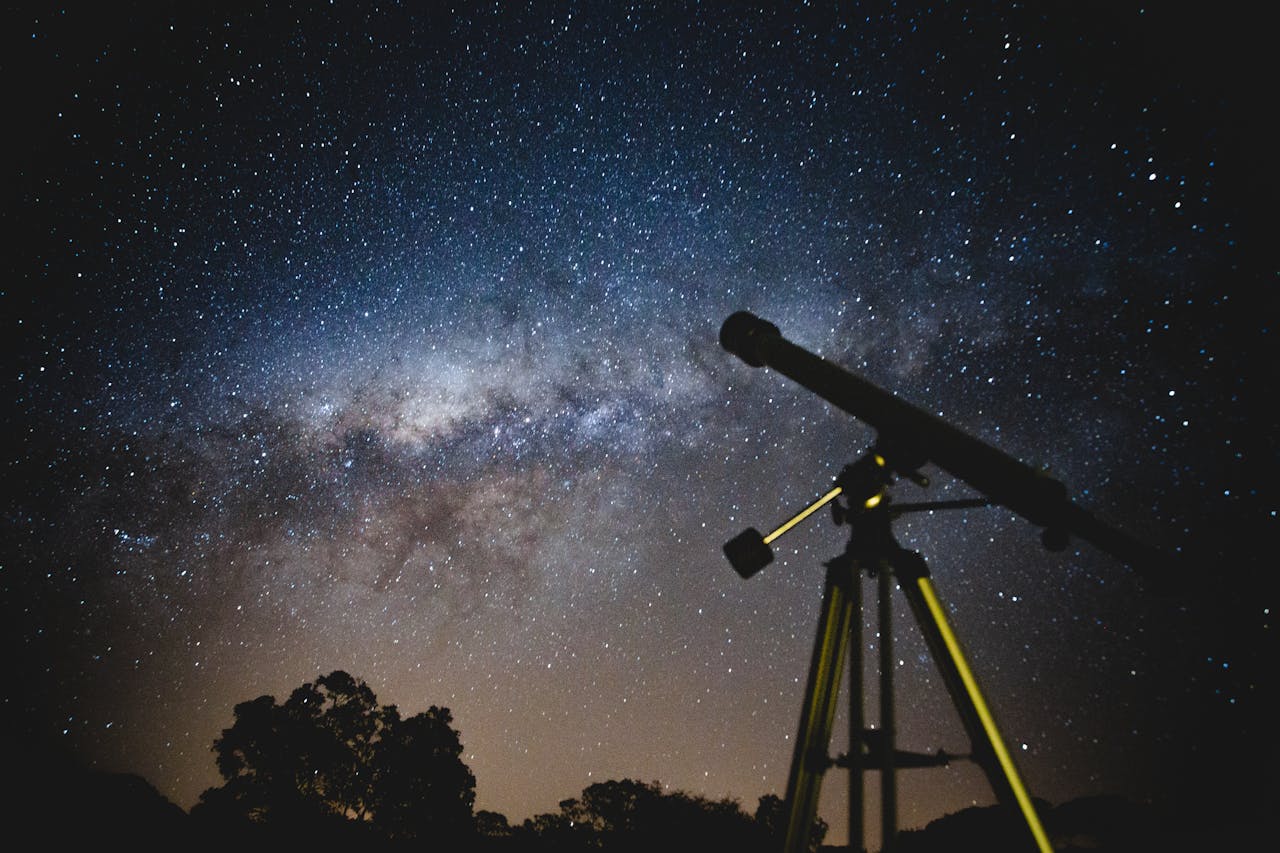Science is supposed to explain how the world works, but it hasn’t always gotten it right. In fact, some ideas once taught as truth now sound completely bizarre. Imagine thinking bad smells caused disease or that Mars had canals built by aliens. These weren’t just wild guesses, they were believed by doctors, teachers, and scientists. Here are 12 scientific theories people once accepted as fact, and trust me, some of them are hard to believe.
1. Heavier Objects Fall Faster

Before Isaac Newton and gravity had their moment, people believed heavier objects fell faster than lighter ones. Aristotle taught it, and it was accepted without question for centuries. Then Galileo dropped balls from the Leaning Tower of Pisa (or so the legend goes) and proved that weight doesn’t affect how fast things fall. Turns out, physics plays by its own rules, and Aristotle was no match for gravity.
2. Left-Handedness Is Evil
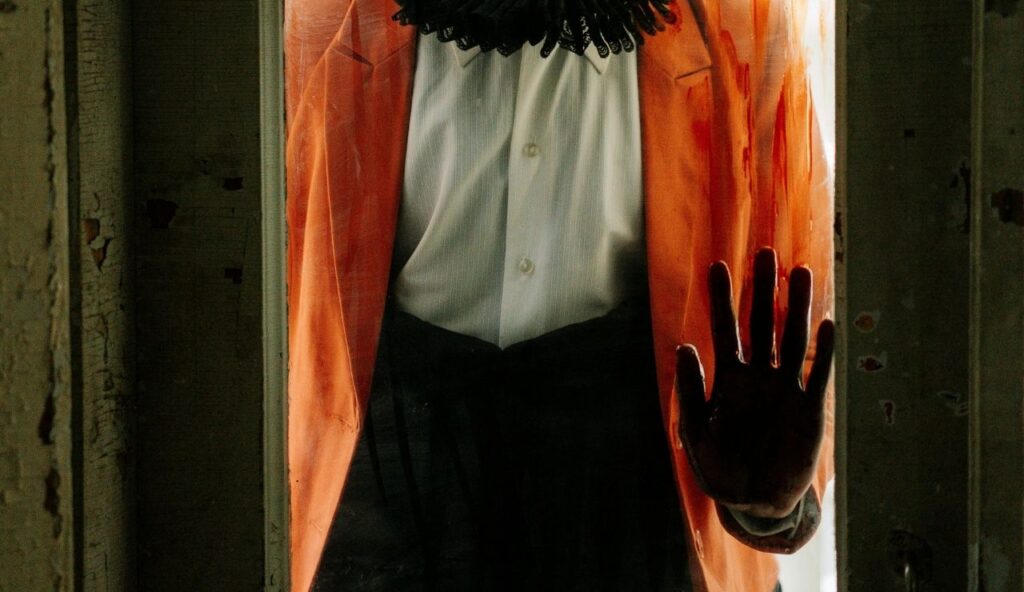
Not long ago, being left-handed was seen as a worse, a sign of evil. Schools forced kids to write with their right hand, and some cultures tried to “correct” left-handedness through harsh discipline. The word “sinister” even comes from the Latin word for “left.” It took modern science to finally prove there’s nothing wrong with being a lefty—it’s just how some brains are wired. But for centuries, it was treated like a moral failing.
3. Earthquakes Are Caused by Angry Gods
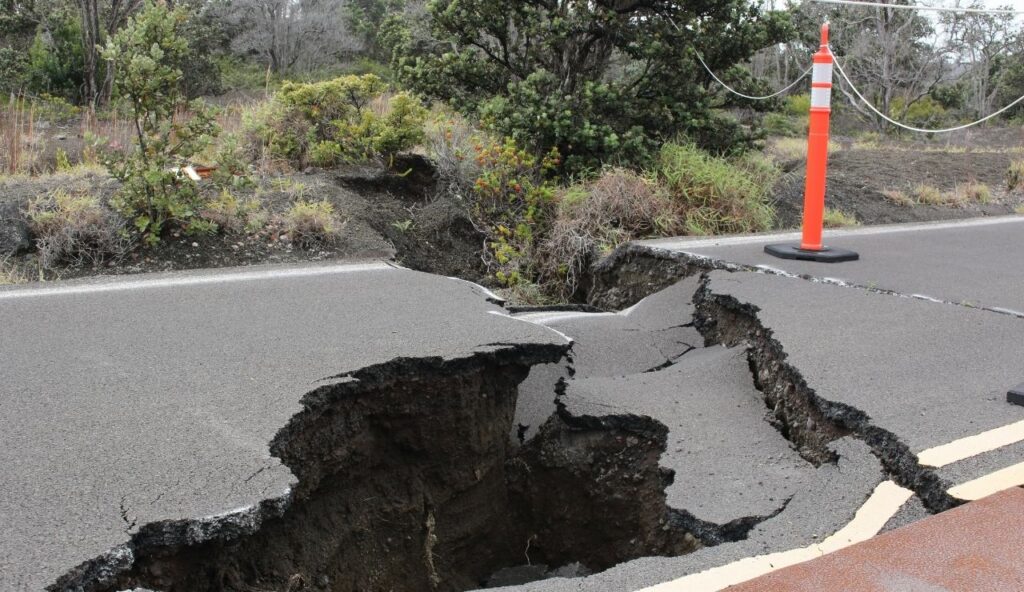
Before tectonic plates were discovered, many cultures believed earthquakes were the result of divine anger. From Poseidon’s trident to gods stomping in fury, the Earth’s shaking was tied to spiritual punishment. These beliefs weren’t just folklore; they shaped laws, rituals, and disaster responses. Now we know it’s all about shifting plates and seismic energy, but it’s wild to think people tried to pray away plate tectonics.
4. The Sun Moves Around the Earth
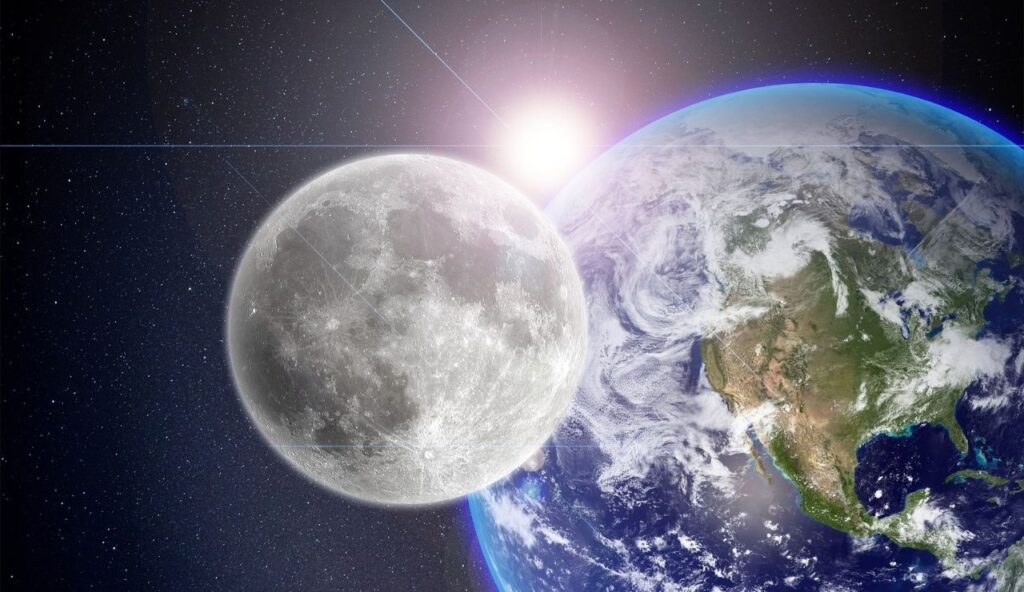
Even after some people accepted that Earth might not be the center of the universe, many still believed the Sun revolved around us. The geocentric mindset was so strong, it took decades for the heliocentric model to fully take hold. Schoolbooks and churches continued pushing the sun-around-Earth theory long after it was disproven. Just goes to show how facts can take a while to outshine tradition.
5. Alcohol Warms You Up

That burning sensation from a sip of whiskey on a cold day? It fooled people for ages. Many believed alcohol warmed the body, so it was commonly used to fight off freezing temperatures. In reality, alcohol dilates blood vessels, making you feel warm while your body actually loses heat faster. It’s one of those myths that feels true—until science says otherwise. Helpful? Nope. Dangerous? Absolutely.
6. Bloodletting Cures Everything

For centuries, doctors believed draining blood from patients could cure anything from a fever to a headache. The logic? Too much blood caused an imbalance in the body. So out came the leeches and lancets. It was common to lose pints of blood in a single visit. Even George Washington is said to have died after excessive bloodletting. Thankfully, medicine has moved on—now we know losing blood isn’t exactly the path to healing.
7. The 10% Brain Myth
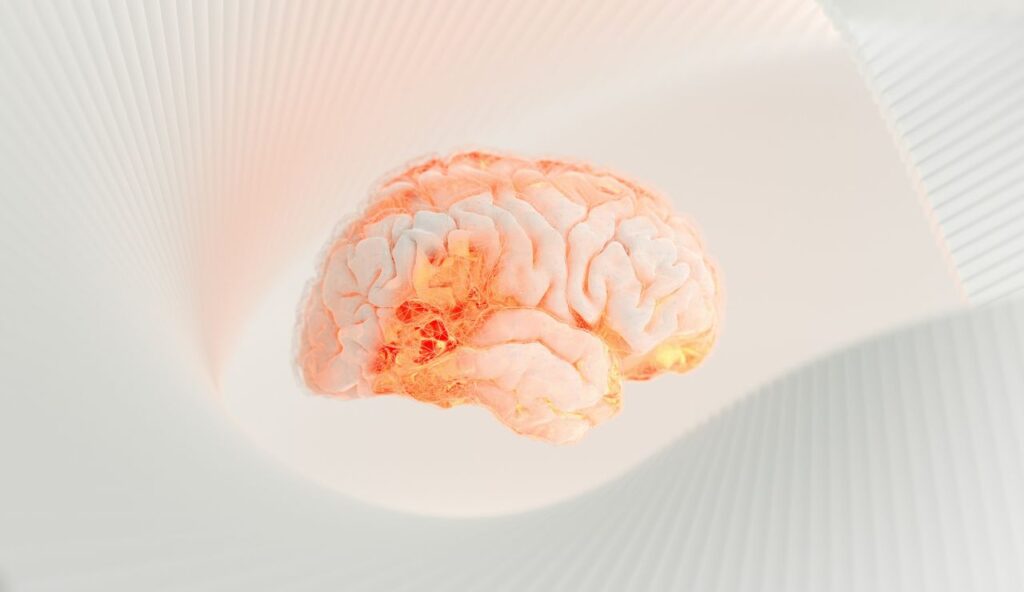
You’ve probably heard this one in movies or motivational talks: we only use 10% of our brains, and unlocking the rest would give us superpowers. Sounds cool, but it’s total fiction. Brain scans show we use nearly every part of our brain, even while resting. The 10% myth stuck around because it’s catchy and inspiring, but it has zero scientific backing. Still, it’s one of those feel-good myths that just won’t die.
8. Putting Earth in the Middle
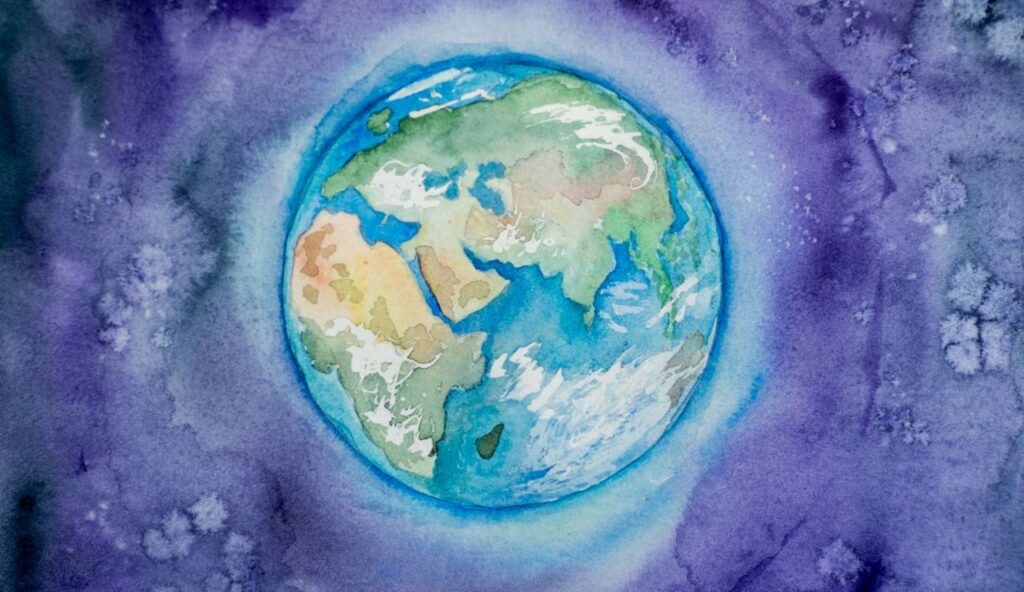
Once upon a time, the idea that Earth was the center of everything wasn’t just common, it was official doctrine. Backed by Aristotle and Ptolemy, the geocentric model was taught for centuries and endorsed by the Church. Questioning it? That could get you into serious trouble. It wasn’t until Copernicus introduced the heliocentric model and Galileo backed it up with a telescope that minds began to shift. Still, it took generations for people to stop seeing Earth as the universe’s VIP.
9. Earth is Flat

Despite what you might’ve heard, the idea that Earth is flat wasn’t just a fringe belief. For certain periods in history, especially during the early Middle Ages, people genuinely thought the planet was a flat disc, and sailing too far might mean falling off the edge. Even though ancient Greeks had already figured out Earth was round, the flat Earth theory kept creeping back. Eventually, explorers and astronomers shut it down, but the fact that it keeps popping up? That’s kind of absurd.
9. Caloric Theory

Before we understood heat as energy, scientists believed in an invisible fluid called “caloric.” According to the theory, heat wasn’t energy; it was a substance that flowed from hot things to cold ones. It sounded scientific enough to last well into the 1700s, influencing how people explained everything from fire to engines. Eventually, thermodynamics and experiments by folks like James Joule proved caloric didn’t exist. But for a while, it was the hottest idea in science literally.
10. The Four Humors

Long before germ theory, doctors believed your health depended on the balance of four fluids: blood, phlegm, black bile, and yellow bile. Feeling sick? You were probably “too full of blood,” so they’d drain it. Mood swings? Blame your bile. This theory, rooted in ancient Greek medicine, led to treatments like bloodletting and purging for over a thousand years. Looking back, it’s wild to think people trusted this stuff with their lives—but hey, it was science back then.
11. Spontaneous Generation
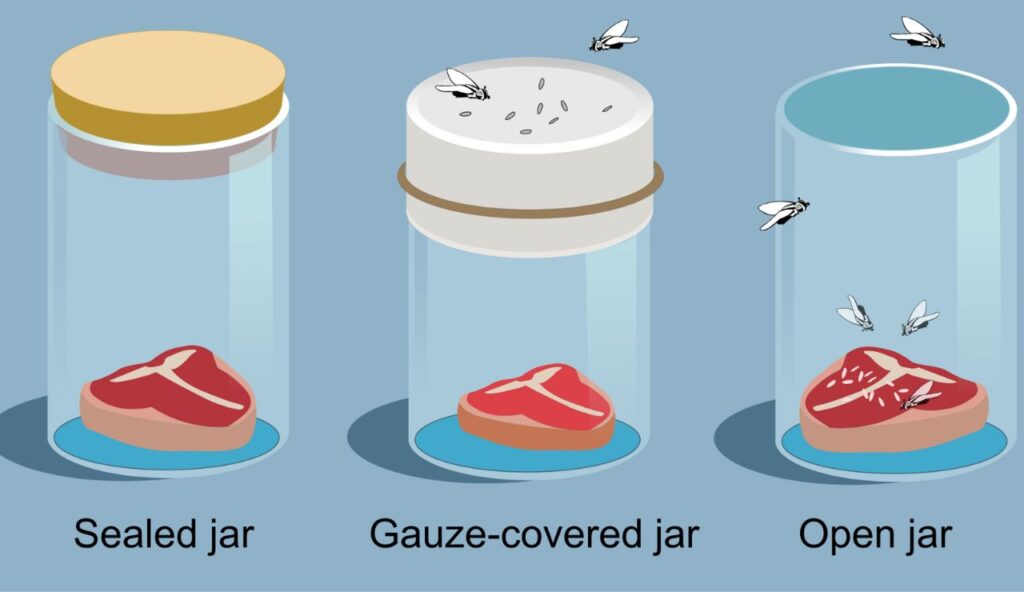
At one point, people genuinely believed that life just popped into existence—like maggots from meat or mice from old grain. This idea, called spontaneous generation, was considered legit science for centuries. It wasn’t until scientists like Francesco Redi and Louis Pasteur ran actual experiments that people realized life doesn’t come from nothing. Turns out, microorganisms come from other microorganisms—not thin air. Wild that this was once in textbooks, right?
12. Blaming the Moon for Madness

For centuries, people believed the moon could drive you mad—literally. The word “lunatic” comes from “luna,” the Latin word for moon. Full moons were blamed for mental illness, bad behavior, and even crime spikes. Hospitals and jails would prepare for chaos during a full moon. While the moon might affect tides and sleep cycles, science shows it has zero influence on mental health. But the myth? It still lingers in pop culture.

